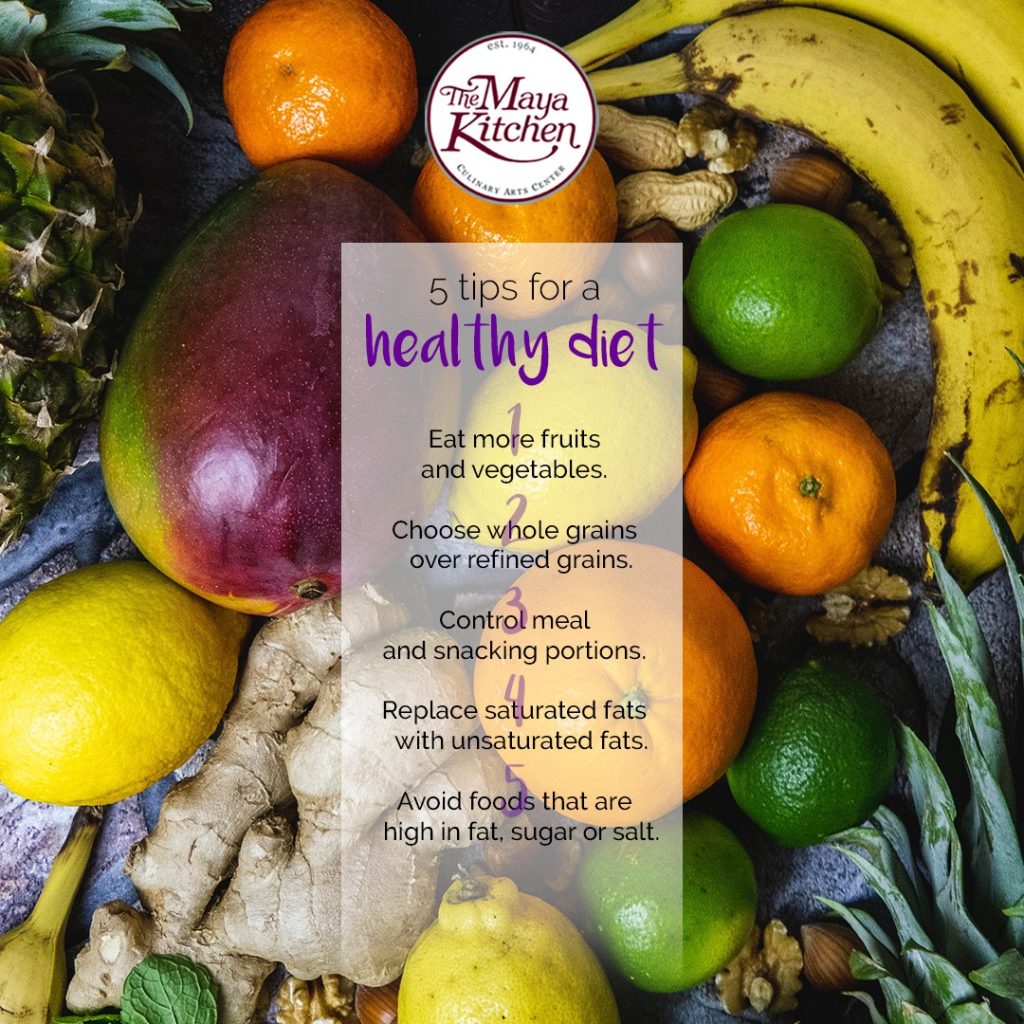Understanding Nutritional Balance
Maintaining a healthy diet starts with understanding the concept of nutritional balance. A balanced diet includes a variety of foods in the right proportions, ensuring that your body receives all the essential nutrients it needs. This includes carbohydrates, proteins, fats, vitamins, and minerals. By incorporating a wide range of foods, you can help prevent nutritional deficiencies and promote overall health.
To achieve nutritional balance, consider using the plate method: fill half your plate with fruits and vegetables, one quarter with lean proteins, and the remaining quarter with whole grains. This simple visual guide can help you make healthier choices at every meal, ensuring that you are not only satisfied but also nourished.
The Importance of Hydration
Hydration is a crucial aspect of a healthy diet that is often overlooked. Water plays a vital role in various bodily functions, including digestion, circulation, and temperature regulation. Staying adequately hydrated can improve your energy levels, enhance cognitive function, and support overall well-being. Aim to drink at least eight 8-ounce glasses of water a day, adjusting for activity level and climate.
In addition to plain water, you can also hydrate through foods such as fruits and vegetables, which have high water content. Herbal teas and infused waters can be great alternatives to sugary drinks, providing flavor without the extra calories. Remember, listening to your body’s thirst signals is key to maintaining proper hydration.
Meal Planning and Preparation
Effective meal planning and preparation can significantly contribute to a healthy diet. By planning your meals in advance, you can make more informed choices, reduce food waste, and save time during the week. Start by creating a weekly menu that includes a variety of healthy recipes, focusing on seasonal ingredients to maximize flavor and nutrition.
Consider batch cooking and prepping ingredients ahead of time. For example, you can cook grains, chop vegetables, and prepare proteins in advance, making it easier to assemble meals quickly. This not only helps you stick to your healthy eating goals but also reduces the temptation to opt for unhealthy convenience foods.
Mindful Eating Practices
Mindful eating is an essential practice that encourages you to pay attention to your food choices and eating habits. By being present during meals, you can better recognize hunger and fullness cues, which can prevent overeating and promote healthier food choices. Take the time to savor each bite, appreciate the flavors, and enjoy the experience of eating.
To practice mindful eating, try to eliminate distractions such as screens and multitasking during meals. Focus on the textures, colors, and aromas of your food. This approach not only enhances your enjoyment of meals but also fosters a healthier relationship with food, making it easier to choose nutritious options.
Incorporating Superfoods into Your Diet
Superfoods are nutrient-dense foods that can provide significant health benefits. Incorporating superfoods into your diet can enhance your overall nutrition and support various bodily functions. Examples of superfoods include berries, leafy greens, nuts, seeds, and fatty fish. These foods are rich in antioxidants, vitamins, and healthy fats, making them excellent choices for a healthy diet.
To easily include superfoods in your meals, consider adding berries to your breakfast cereal, tossing leafy greens into salads, or snacking on nuts throughout the day. Experimenting with different superfoods can also keep your meals exciting and flavorful, encouraging you to maintain a healthy eating pattern.
| Tip | Description |
|---|---|
| Eat a Variety of Foods | Incorporate different food groups into your diet to ensure you get a range of nutrients. Include fruits, vegetables, whole grains, proteins, and healthy fats. |
| Stay Hydrated | Drink plenty of water throughout the day. Aim for at least 8 glasses to keep your body hydrated and functioning properly. |
| Control Portion Sizes | Be mindful of portion sizes to avoid overeating. Use smaller plates and bowls to help manage your portions effectively. |
| Limit Processed Foods | Reduce your intake of processed and sugary foods. Opt for whole, unprocessed foods whenever possible to improve your overall health. |
| Plan Your Meals | Plan your meals ahead of time to make healthier choices. This can help you avoid last-minute unhealthy options. |
| Include Healthy Snacks | Choose healthy snacks like fruits, nuts, or yogurt instead of chips or sweets to keep your energy levels stable throughout the day. |
| Practice Mindful Eating | Pay attention to what you eat and savor each bite. This can help you enjoy your food more and recognize when you are full. |
| Limit Sugar and Salt | Reduce your intake of added sugars and salt. Use herbs and spices to flavor your food instead of relying on salt. |
| Stay Active | Combine a healthy diet with regular physical activity. Aim for at least 150 minutes of moderate exercise each week. |
| Consult a Professional | If you have specific dietary needs or health concerns, consider consulting a registered dietitian or nutritionist for personalized advice. |
This HTML document provides a structured overview of healthy diet tips for everyday life in a table format, making it easy to read and understand.



